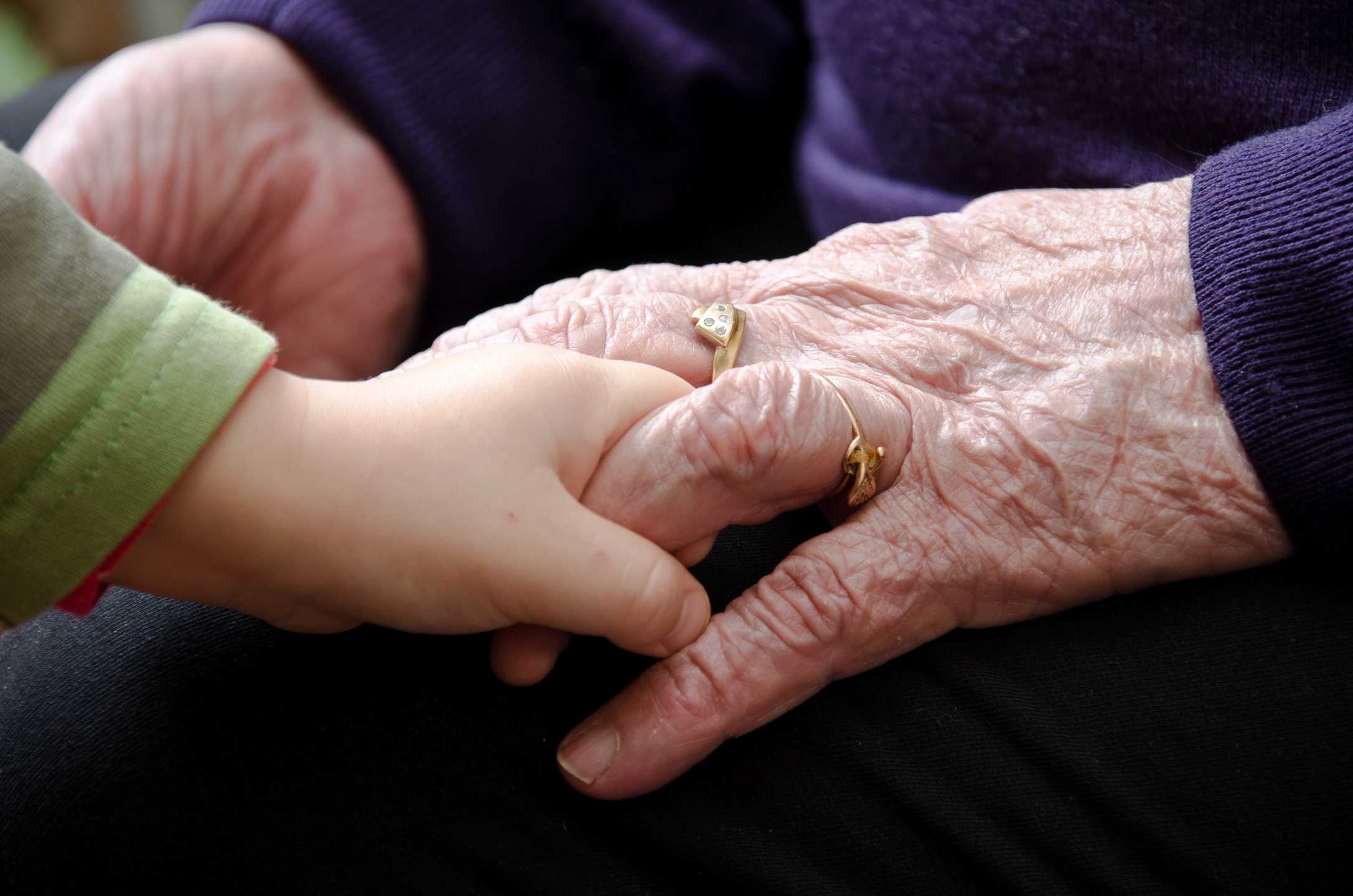Yesterday I had the rare opportunity to visit the Swenson Swedish Immigrant Research Center (SSIRC) at Augustana College in Rock Island, Illinois. (Interesting factoid: Mississippi River was at flood stage.) The archivist/librarian on duty was extremely helpful in translating some documents I already had from ArkivDigital and in locating possible emigration/immigration information for my great-grandparents, Nils Olson and Maria Christina Rinaldo. I wanted to share a little of what I learned with my family today. I hope you find it interesting. First, our Swedish immigrant ancestor Nels Olson.
Information found previously in records found through ArkivDigital in 2015:
- Nels Olson (birth record), born “Nils”, 26 July 1841, Jonstorp parish, Malmöhus län, Skåne province, Sweden; father=Olof Nygren, b. 5August 1816, in Väsby, Sweden; mother=Sissa Nils Dotter, b. 19 April 1817, in Jonstorp,
- Nels’s siblings, as of 1846 household record, all born in Jonstorp, were: Johanna, b. 26 November 1842; Christina, b. 5 September 1844; and Lars, b. August 1846 [couldn’t decipher day]. Note: There may have been others, but I have not yet pursued this.
- Nels went to America in 1868, but was not “written out” of the parish records until 1869.
What I learned at the SSIRC yesterday:
- The word “hussaren” before Olof Nygren’s name as father of Nils means “the light cavalryman.”
- The word “rymd” with Nils’s first emigration note in 1868 means “escaped, deserter, fugitive…” Basically, it means he left without proper travel papers. Why? Unknown.
- When Nils was born, the family lived in the farm village of Teppeshusen.
- Evidently, the family moved from Jonstorp to Väsby, leaving Väsby in 1866, then lived in the farm village of Ljusbergshus, Allerum, Malmöhus (Skåne), when Nils left for America in 1868.
- Nils was a tenant farmer (“Husman”) when he emigrated.
- Swedes were tested for literacy and religious knowledge annually, and our family was no exception.
- Johanna Nygren, who appears to be Nils’s sister, emigrated 6 November 1865 “from 281, Helsingborgs stadsförs, Malmöhus län (Skåne) to Köbenhavn amt, Danmark” (Source: Emibas migration file ID: Helsingborgs stadsförs M 1865 045)
- Another possible, unmarried sibling of Nils, Olof Nygren, b. 22 May 1848 in Jonstorp, emigrated to America 29 March 1870 “from Södra Danhult 2, Väsby, Malmöhus län (Skåne)” (Source: Emibas migration file ID: Väsby M 1870 005, citing Household Examination Roll, p. 99.) I need to locate his birth record to confirm this relationship.
- From the Demographical Database for Southern Sweden (DDSS) for those “Born in Jonstorp Parish, 1689-1894,” Sissa’s birth information was found. (Remember: She was Nels’s mother.) Her father, Jöns Olsson, was a tenant farmer in Teppeshusen. Her mother, Gunnil Siunnasdoter, was 42 when she bore Sissa, indicating she most likely had older siblings. Her parents were married when she was born. (Original Source of this information came from Jonstorps kyrkoarkiv C I : 2) Note: Why she went by Nils Doter, rather than Jöns Doter, is as yet unknown. More research to be done.
More about the Rinaldo family in a separate post. I am off to Vesterheim, the Norwegian museum here in Decorah, IA, and to the Giants of the Past museum in Spring Grove, MN, the first Norwegian settlement in Minnesota. Doing research today for my husband’s family.
